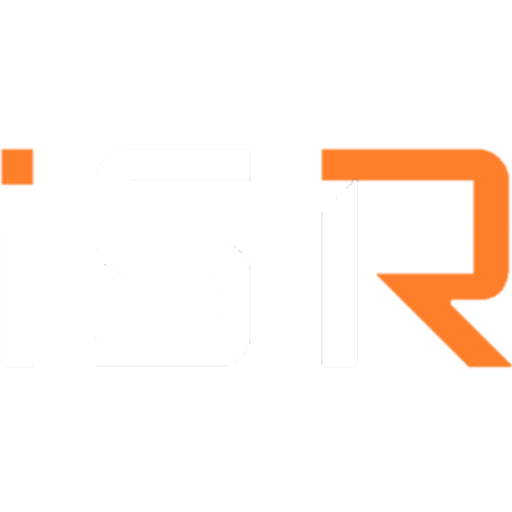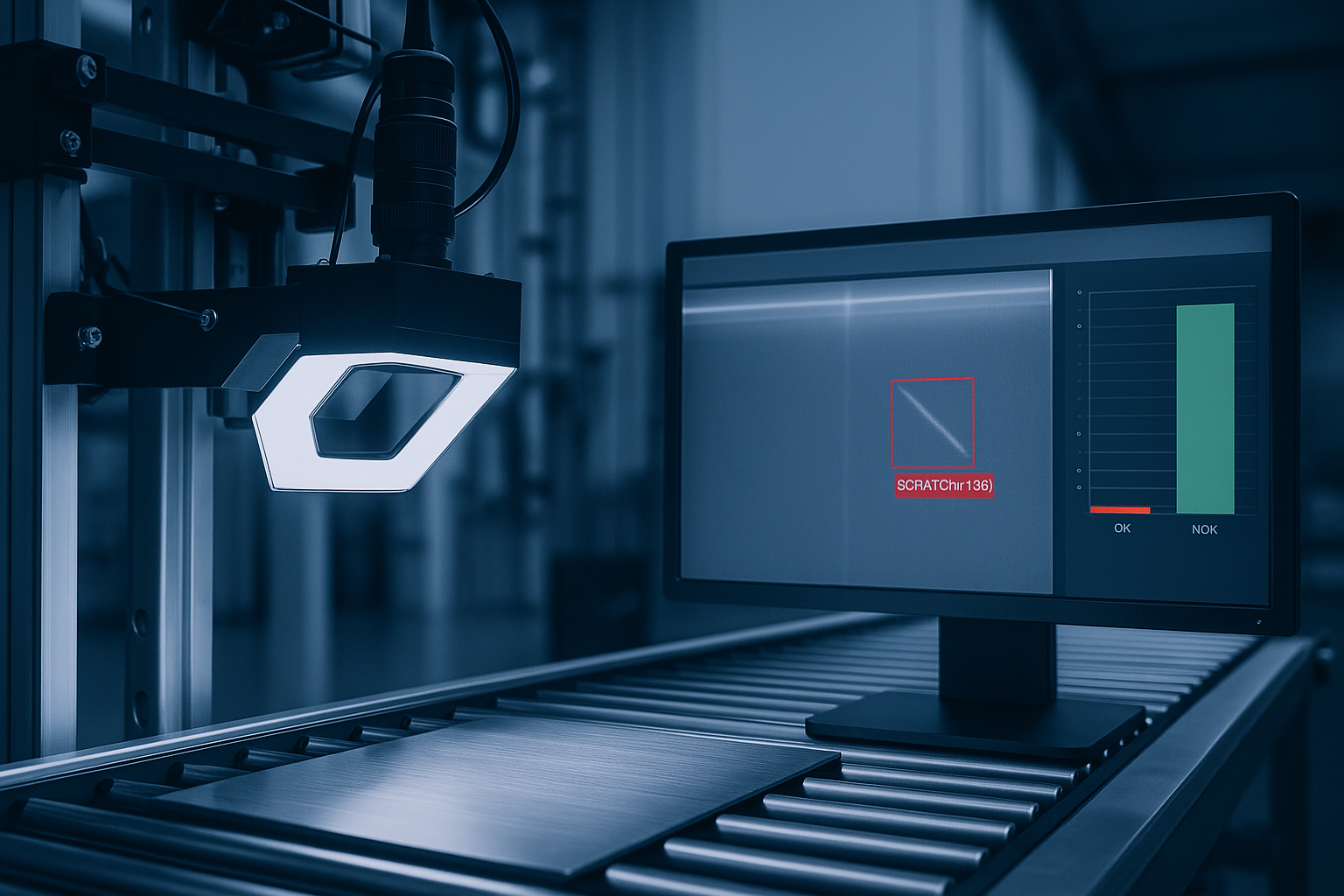How ISR Transforms Technical Needs into Reliable and Efficient Inspection Systems
Introduction
The development of an automatic inspection system requires a combination of technical analysis, applied engineering, and a deep understanding of the client’s production needs.
Each technical proposal is the outcome of a structured process that ensures the final solution is viable, effective, and cost-efficient.
In this article, we describe how a proposal is developed — from the feasibility study to the final solution — focusing on vision-based automatic inspection systems.
1. Request Reception and Initial Analysis
Every inspection system begins with a question from the customer: Can this defect be detected automatically?
From that first request, ISR initiates a structured process that combines engineering rigor, experience, and analytical insight. The journey starts with the initial technical analysis, where the foundations of the entire project are set.
At this stage, ISR engineers gather all relevant technical information — the type of defects to be inspected, the geometry and material of the parts, the speed of the production line, and the environmental conditions in which the system will operate. Understanding which defects are critical, what tolerances are acceptable, and what the expected cycle time is allows the team to define both the scope and feasibility of the project.
This early analysis determines the technological direction of the proposal. Whether the parts move continuously or stop momentarily, whether the surface is metallic, transparent, or textured — all these details influence the choice of lighting, optics, and image-processing strategy. The output of this first phase is a clear technical framework that serves as the foundation for the entire proposal development.
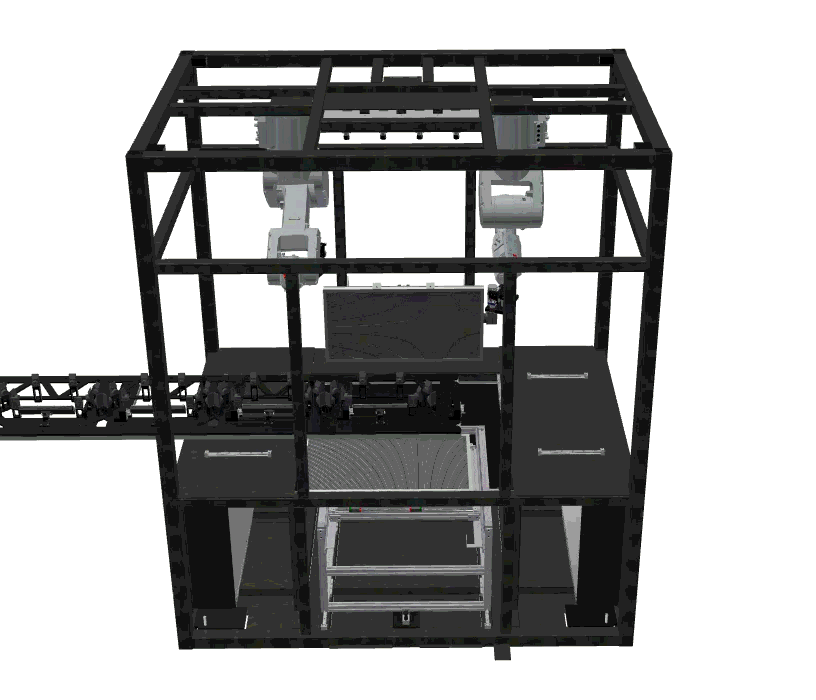
2. Feasibility Study (FS)
Once the inspection need is fully understood, the next step is the Feasibility Study (FS) — a crucial stage where ISR validates whether the defects can actually be detected using vision technology.
The objective of this phase is twofold: to prove detectability and to collect valuable technical data. Experimental tests are carried out under conditions that replicate the real production environment, using different lighting systems, camera types, and optical configurations. The purpose is to determine under which conditions each defect becomes visible and, therefore, detectable by algorithms.
At ISR, we often summarize this idea with a simple rule: only what can be seen can be detected. The FS allows the team to identify the limits of visibility and to quantify the parameters that will later define the system — field of view, resolution, lighting intensity, and camera positioning.
During this process, three variables guide the decision-making: inspection speed, flexibility, and cost. Multi-camera systems may achieve higher inspection rates, while robotic configurations offer adaptability for different part geometries. However, every choice impacts cost and cycle time. The key lies in finding the right balance between these three elements to achieve both performance and efficiency.
By the end of the FS, ISR has gathered not only the proof of detectability but also all the data necessary to design a system that is technically robust and economically justified.

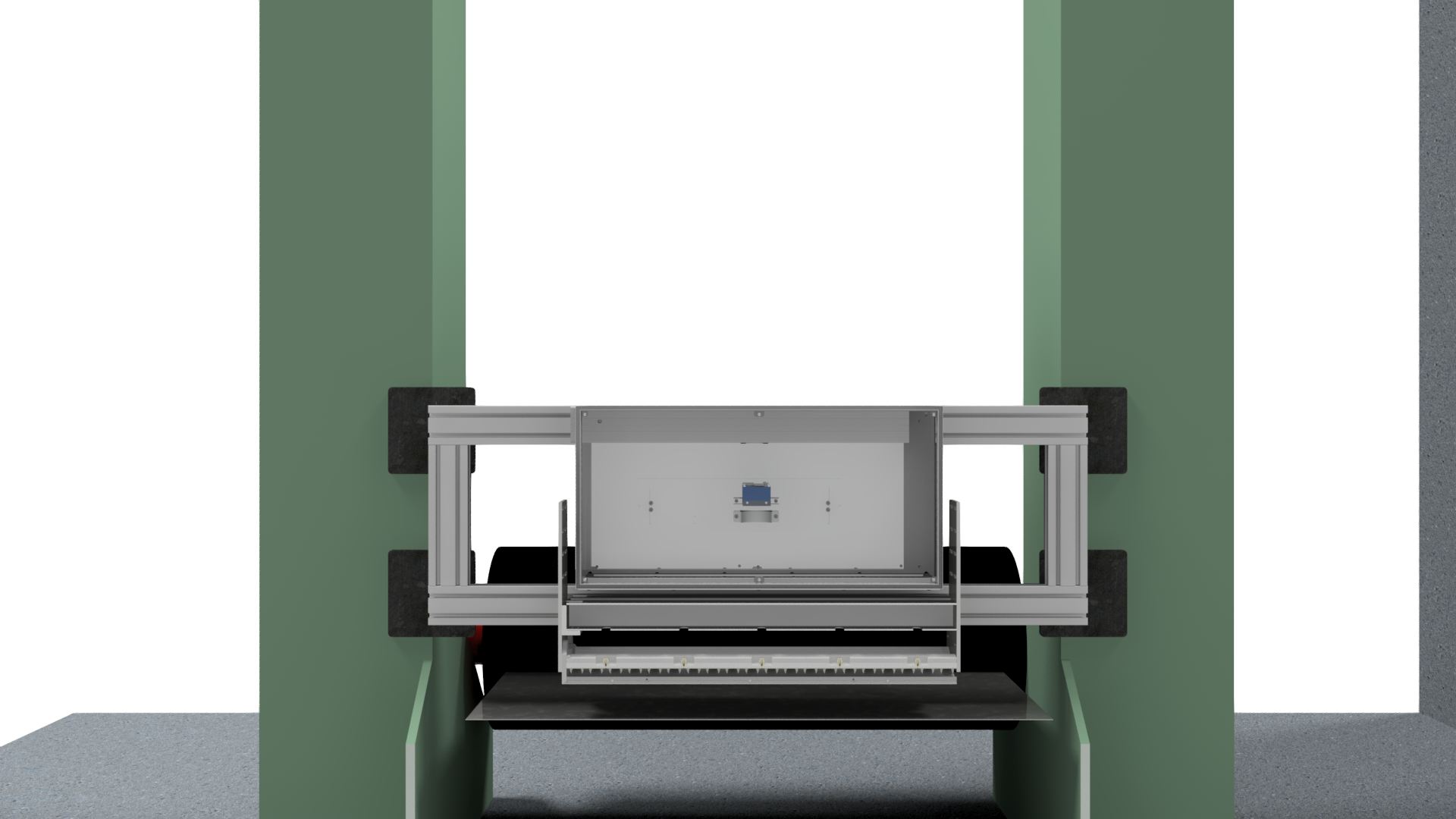
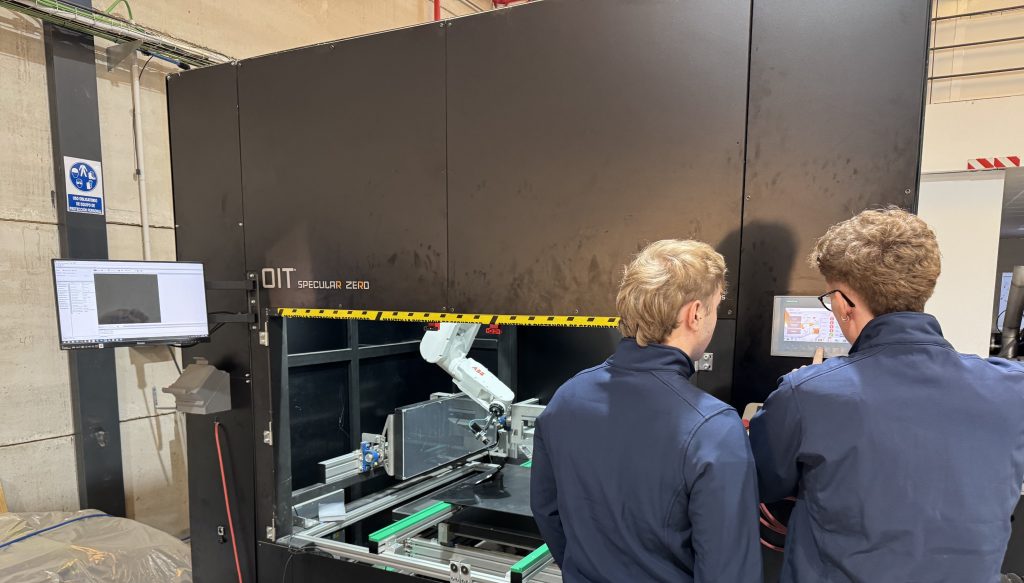
3. Conceptual Design and Preliminary Proposal
Once feasibility has been validated, ISR moves into the conceptual design — where analysis turns into structure.
Here, the engineering team defines how the system will look and operate. Using the data collected from the FS, they draft a 3D model of the inspection cell, determine the arrangement of cameras and lighting systems, and, when required, establish robotic trajectories for part manipulation or multi-angle inspection.
This is a creative but highly technical phase. It requires harmonizing the physical constraints of the production environment with the optimal vision configuration. Lighting schemes are carefully designed according to the defect type: diffuse lighting for general surfaces, directional lighting for scratches or dents, and structured or coaxial illumination for reflective materials.
The result is a preliminary proposal, which provides the customer with a clear visualization of the proposed solution. It includes early renderings, layout suggestions, and integration concepts. This first design is shared to align expectations, validate assumptions, and ensure both sides agree on the direction before entering detailed engineering.
This alignment is key — it transforms the proposal from a simple idea into a shared technical vision between ISR and the customer.
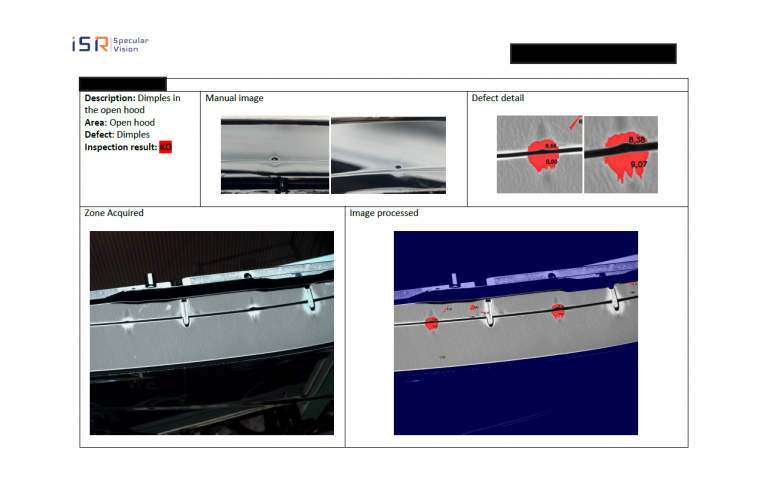
4. Development of the Technical Proposal
After the preliminary concept is approved, ISR prepares the full technical proposal, which consolidates every engineering, operational, and commercial detail of the system.
This document defines all the technical specifications: the type and number of cameras, lenses, lighting systems, robots, PLCs, and the vision algorithms that will be implemented. It also describes the inspection flow step by step — from image acquisition to data analysis — and includes estimates of cycle time, system throughput, and detection efficiency.
In addition to the engineering content, the proposal contains a detailed timeline of execution, a description of project deliverables, and a cost breakdown comparing different possible configurations. ISR often presents multiple options — for example, comparing a system with one robot inspecting multiple views versus a multi-camera system without moving elements. This comparison allows the customer to evaluate the trade-offs between speed, flexibility, and investment.
The technical proposal is more than just a quote: it is a complete engineering dossier that transforms the concept into a technically validated, ready-to-implement solution.
5. Internal Review and Validation
Before any proposal reaches the customer, ISR performs a rigorous internal validation. This review process ensures that every project is both technically feasible and aligned with ISR’s internal quality and reliability standards.
During the review, a cross-functional team evaluates the proposal from several perspectives: mechanical and electrical feasibility, software integration, compliance with industrial norms, and risk management. Each section of the proposal — from hardware selection to cost estimation — is checked for coherence, practicality, and accuracy.
This stage also includes an assessment of potential technical risks and the identification of mitigation strategies, ensuring that all uncertainties are minimized before the project moves forward.
Internal validation acts as ISR’s quality seal: it ensures that every proposal is realistic, well-engineered, and deliverable within the defined constraints. By maintaining this standard, ISR guarantees that what is promised on paper can be successfully implemented on the production floor.
6. Presentation to the Customer and Feedback
Once the internal validation is completed, the proposal is formally presented to the customer. ISR places great emphasis on clear communication and transparency during this stage.
The presentation combines engineering rigor with visual storytelling — including 3D renderings of the inspection cell, diagrams of the inspection flow, and, when possible, video clips or images obtained during the feasibility study. These visual materials make the proposal easier to understand, allowing decision-makers to see exactly how the system would function in their production environment.
Whenever feasible, ISR presents a proof of concept to demonstrate real detection performance. This hands-on validation helps build confidence in the technology and highlights the effectiveness of the chosen configuration.
Customer feedback is a critical part of this process. It allows the project to be refined — perhaps by adding new defect categories, modifying system integration points, or optimizing the budget. This collaborative dialogue ensures that the final version of the proposal precisely reflects the customer’s operational goals and production constraints.


7. Final Adjustment and Definition of the Solution
The final stage of the process begins once feedback has been incorporated. ISR finalizes the definition of the solution and prepares the final commercial offer, which includes the definitive scope, budget, and delivery timeline.
From this point, the project transitions from design to execution. Manufacturing, assembly, and integration activities are scheduled, and the validation and commissioning phases are defined in coordination with the customer.
This step marks the culmination of ISR’s process — where a technical concept evolves into a real, high-performance inspection system. It is the point at which vision, automation, and precision converge into a tangible industrial solution.
At ISR, every proposal follows this same philosophy: balancing speed, flexibility, and cost optimization to deliver customized, reliable, and efficient systems. The combination of technical analysis, real-world testing, and experience allows us to design solutions that not only meet detection goals but also integrate seamlessly into production lines — maximizing quality and efficiency.
Conclusion
Developing a technical proposal for a vision-based inspection system is far more than a paperwork exercise — it is a process of understanding, experimentation, and engineering synthesis.
Each phase, from feasibility study to final implementation, contributes valuable insight that ensures the resulting system is not only functional but optimized for industrial reality.
At ISR, we believe that the strength of any solution lies in the process behind it. Through a meticulous methodology and a clear focus on customer needs, we transform complex inspection challenges into reliable, high-performance automation systems that improve quality, efficiency, and confidence in production.


